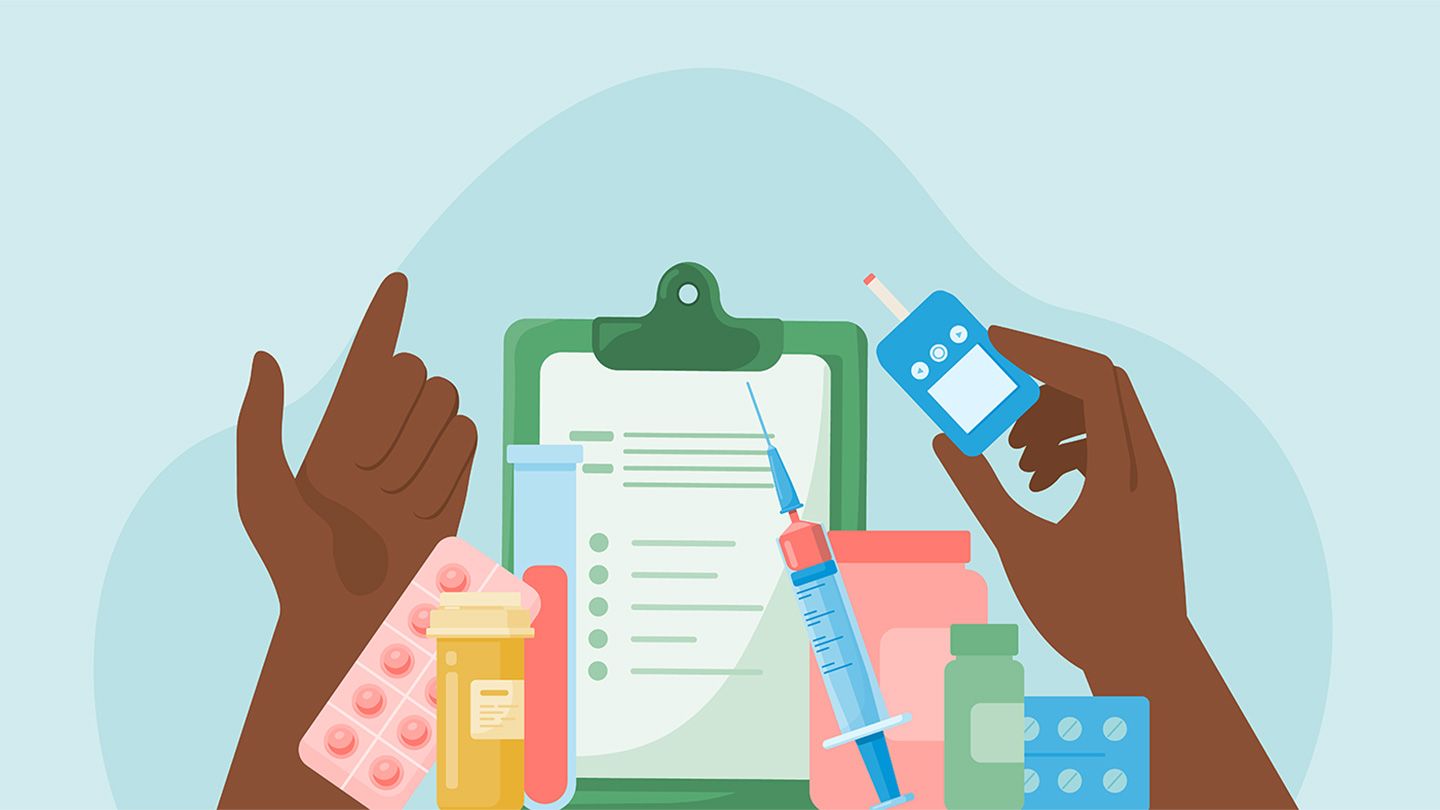What you hear in a doctor’s office might not stick with you. You might nod in agreement during the conversation, then leave the office and sit in your car, not knowing what to do next.
“I ask patients to repeat our plan to me before they head out the door,” says Bidwell. If your provider doesn’t do this, say, “To be clear, our plan is …” and then repeat back what you heard before you leave. “We want to ensure that we’re all working from the same playbook,” says Bidwell.
You should be able to trust your doctor and feel comfortable telling them the truth. “I might talk to someone and acknowledge that it’s difficult to test your blood sugar three times daily and ask how often they’re able to test,” says Reynolds. She maintains that having a conversation with your doctor about the challenges you’re experiencing can make it easier to address where and how to make tweaks in a way that feels comfortable for you.
Your provider should want to understand what’s going on behind the scenes before declaring that your plan needs to change or, worse, making you feel like you’re in trouble, says Bidwell. For instance, she says, “We may have someone on a certain medication for diabetes, but when we check their A1C [a measure of long-term blood glucose control], it’s not improving.” Before intensifying therapy, we should find out if the patient is taking it as prescribed and, if not, why.”
She notes that treatment may not be working due to a patient not taking medication as directed because of side effects or confusion about how to take it correctly. Similarly, if someone is having trouble making lifestyle changes, like struggling to cut back on soda, for example, a doctor should ask the person why that is and figure out how to come up with healthy alternatives.
Read the full article here




